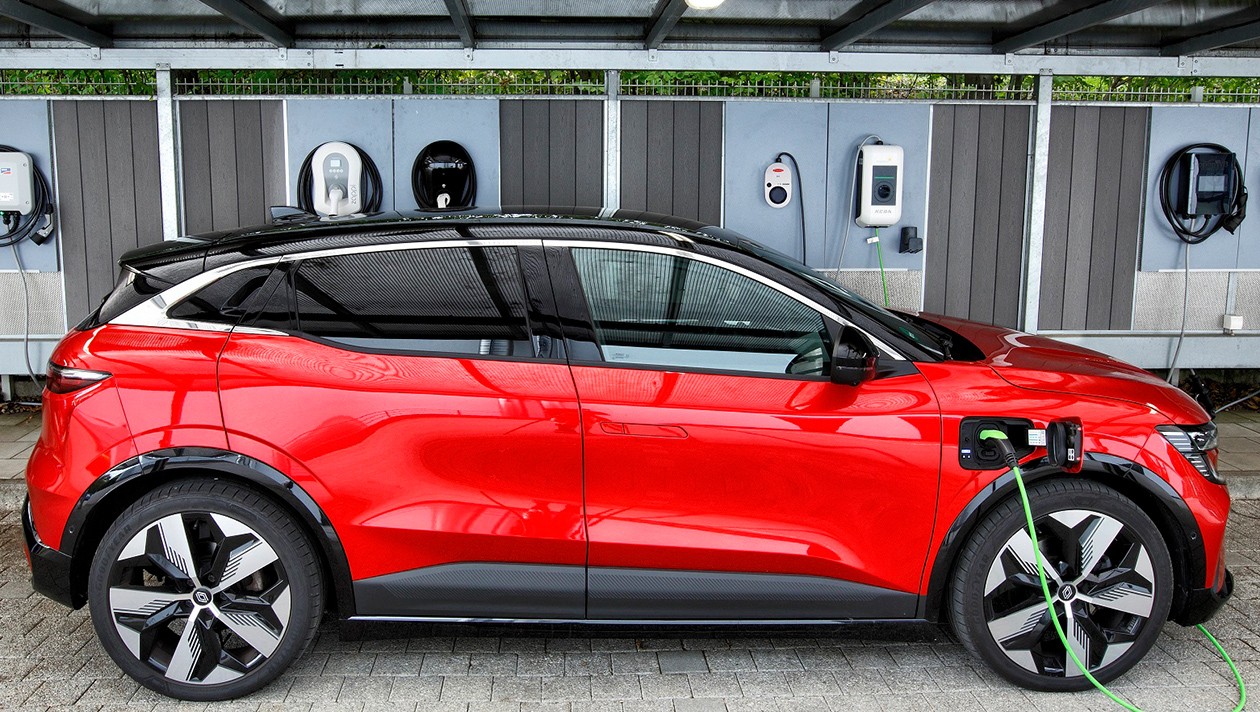There is a lot of discussion about the ease of use of electric cars. The fact is: If you have a wallbox at home to charge your battery, you’re in good shape. And those who do not draw their electricity from the grid but from the sun via photovoltaics are actually more environmentally friendly than others. The ÖAMTC has tested eight wallboxes that are suitable for PV surplus charging.
Basically, all eight devices in the test are recommended, as ÖAMTC technician Florian Merker explains: “We found differences in the wallboxes mainly in the equipment. There were no security problems or charging interruptions with any of the test devices. When choosing a suitable wallbox, it basically comes down to individual preferences and how much budget you have. And the power consumption of the individual wallboxes must also be taken into account.”First place with practical functionsThe test winner ‘Wattpilot Home 11 J 2.0’ from Fronius is also the cheapest device in the test. It impresses with integrated AC and DC protection as well as several charging modes with which the wallbox can be converted to PV surplus charging. The device also scores points with the best app in the test field. With a grade of 1.6, the test winner just missed the grade of “very good”, which is due, among other things, to the following shortcoming: “In terms of networking, the wallbox only has a WLAN interface. In addition, additional Fronius components are required for intelligent PV surplus charging. That led to a point deduction,” explains Merker. Strong candidates also in the places. The device ‘Entratek Power Dot Fix’ was able to position itself just behind (grade 1.8). This wallbox is the only model in the test that can offer networking with an integrated cellular modem including a SIM card slot even where there is no LAN cable or WLAN. Third place goes to the ‘KEBA KeContact P30’ wallbox (grade 1.9 ). In addition to a configurable display, the device also offers an app with charging current setting in real time as well as complete configuration options for the charging station. Automatic phase switching as an advantage The core of a wallbox for PV surplus charging is the automatic phase switching, which enables dynamic switching between single-phase charging with low yields and three-phase charging with high yields yields from the photovoltaic system. The models from Fronius (grade 1.6), Myenergi (grade 2.0) and openWB (grade 2.1) make this possible. An optional advanced set is available for the wallbox from KEBA (grade 1.9), which is also available An energy meter also has automatic phase switching. The devices from Charge Amps, SMA and Smartfox (grade 2.2) end up in the back places because they are only able to do this in conjunction with the in-house energy manager. Only the model from Entratek (grade 1.8) in second place cannot boast of automatic phase switching, but compensates for the shortcoming with the advantages mentioned. Power consumption varies greatly with wallboxes. Wallboxes spend a large part of the time in stand-by mode and wait the next charging process. The consumption of the individual speakers was therefore determined after a rest period of 30 minutes, and some significant differences were found: The range ranges from 2.0 watts for the Fronius ‘Wattpilot Home 11 J 2.0’ to the quite high 5. 4 watts for the SMA wallbox. In addition, many devices offer the option of reducing the standby requirement if, for example, displays or signaling are switched off after a certain period of time. A very good example here is the ‘Halo’ wallbox from Charge Amps. Finally, the technician gives an important practical tip: “We recommend involving specialists before purchasing when installing a wallbox. Only professionals can correctly assess the compatibility of the individual components – such as the inverter, energy management system and the wallbox itself.”
source site-13
